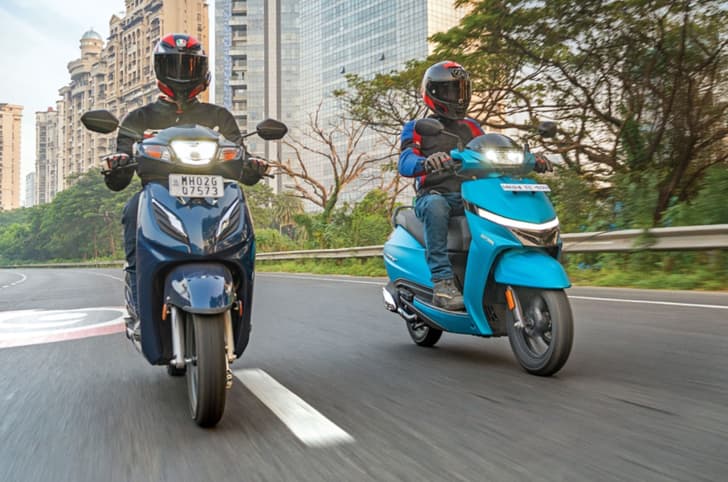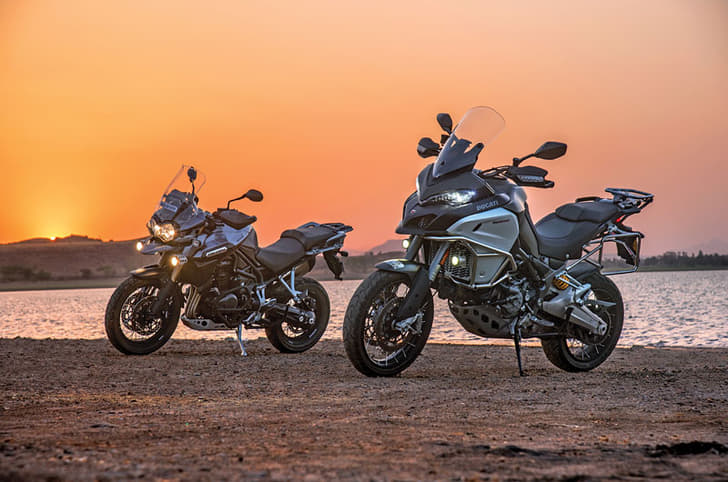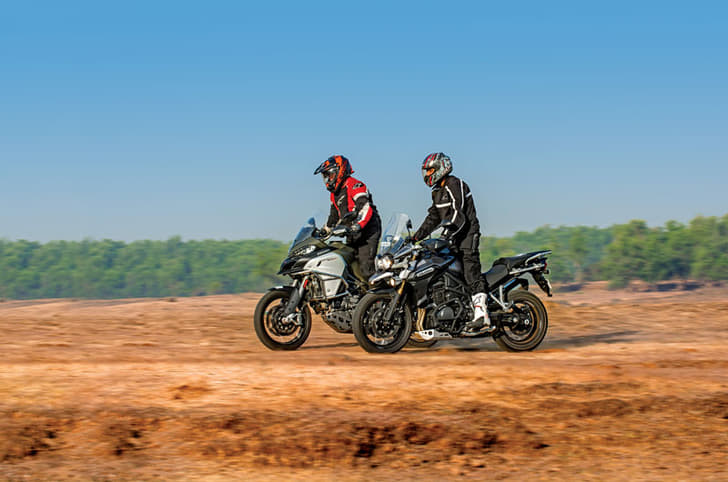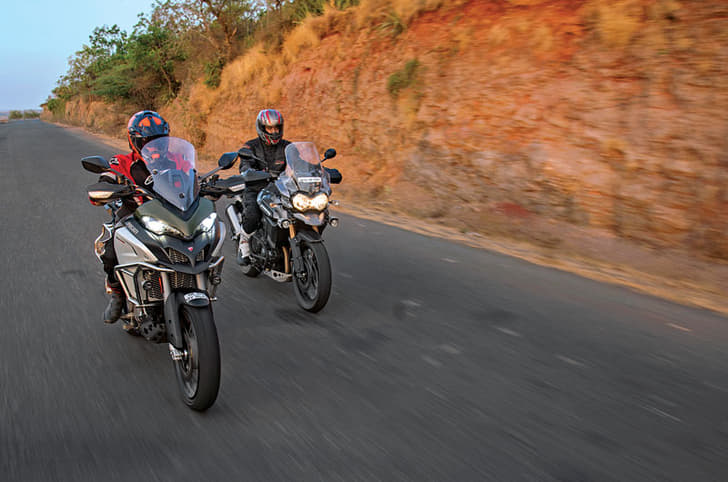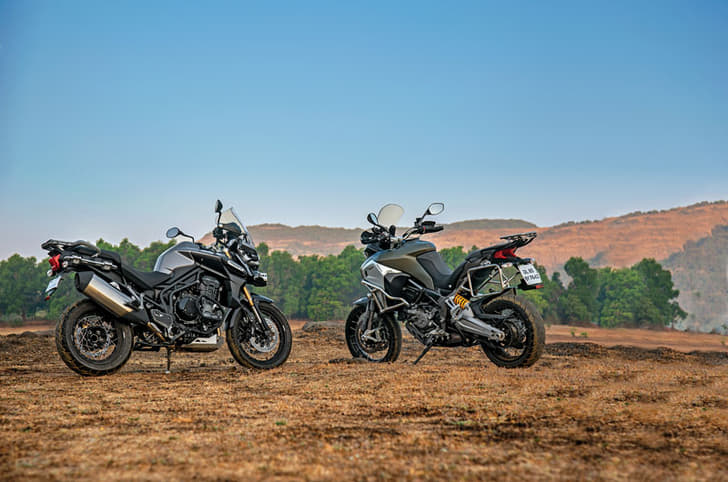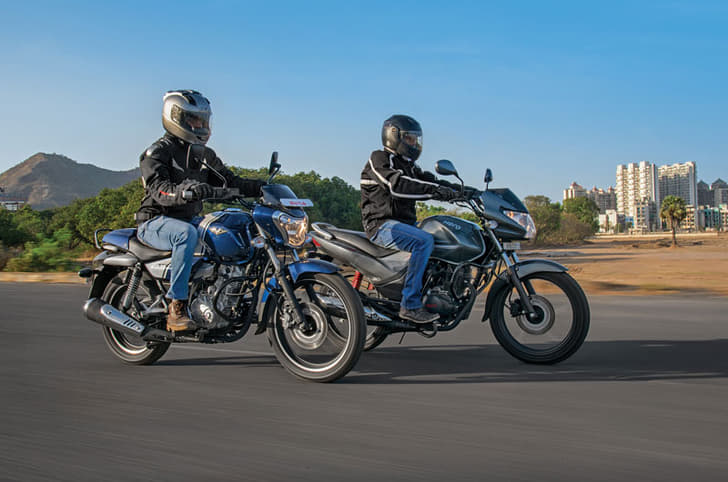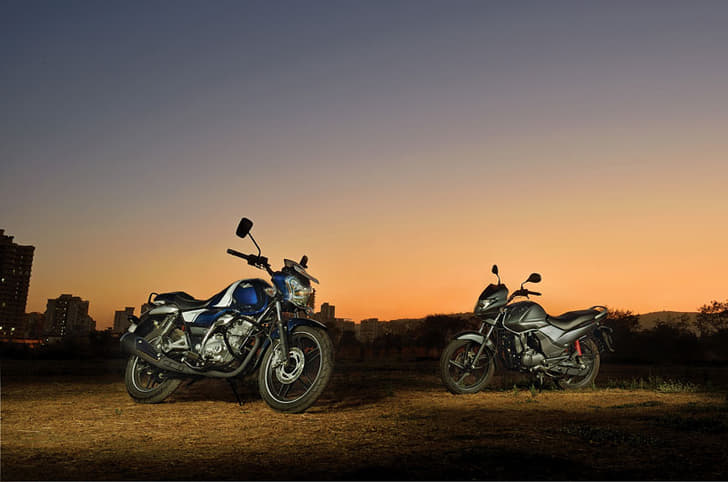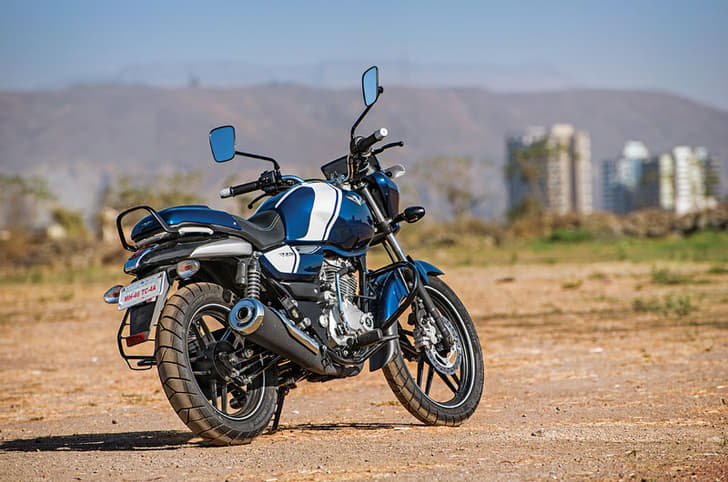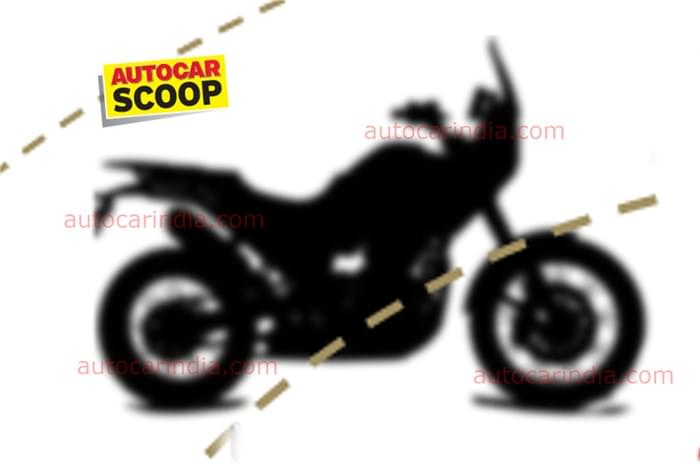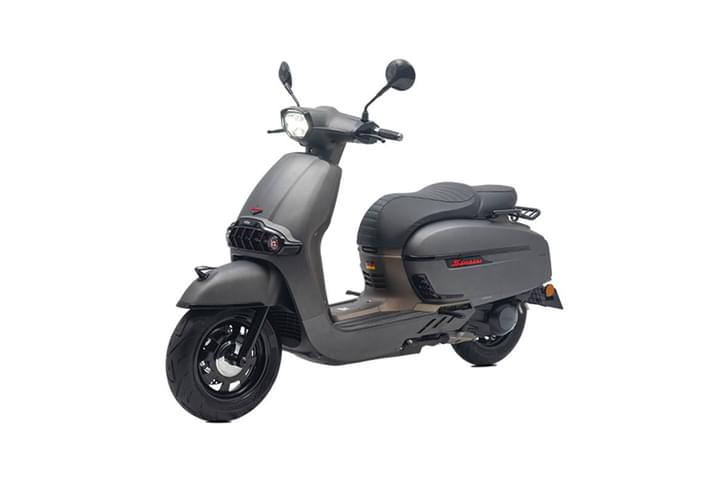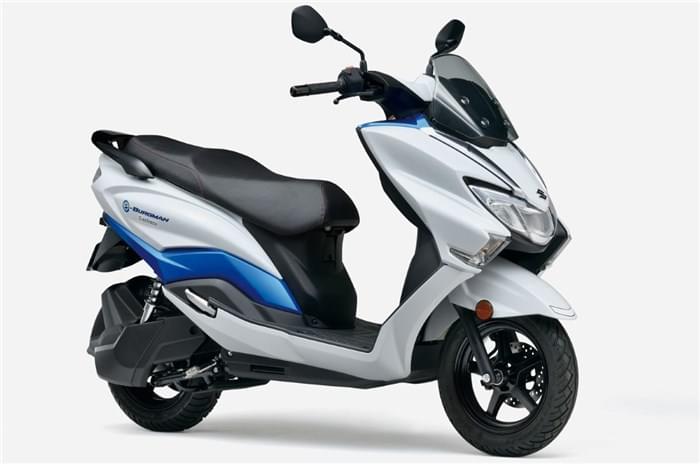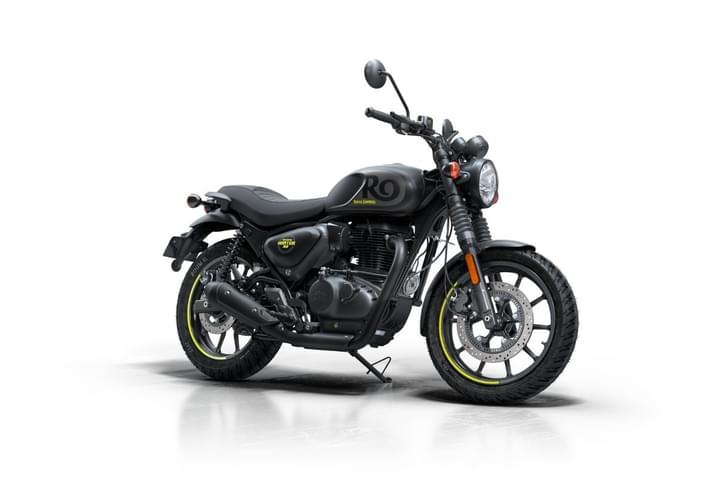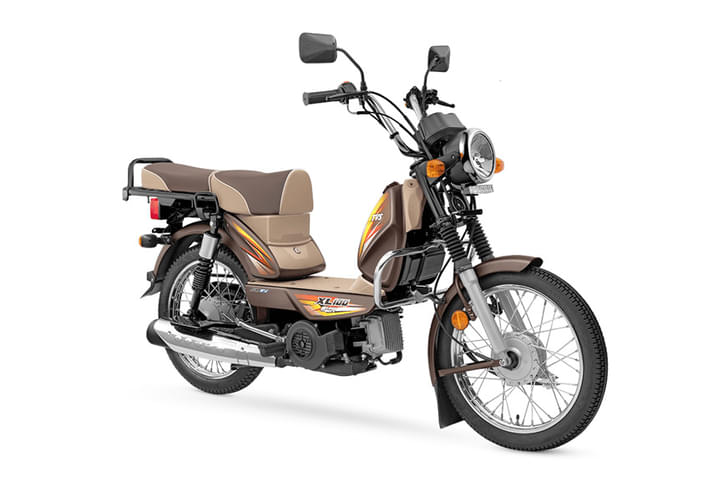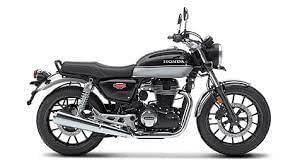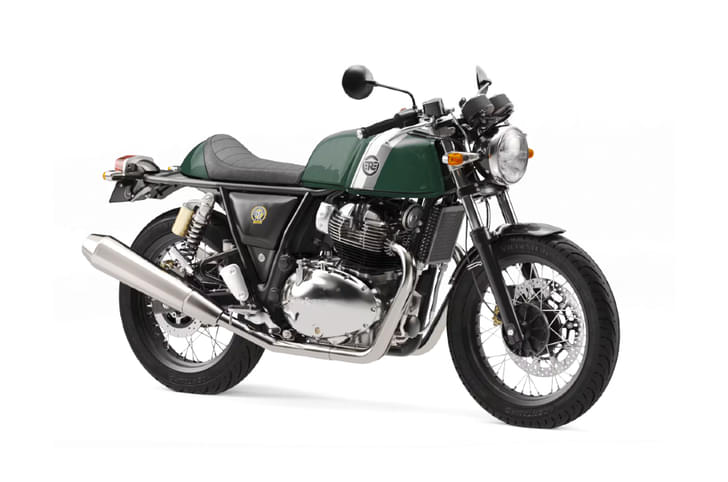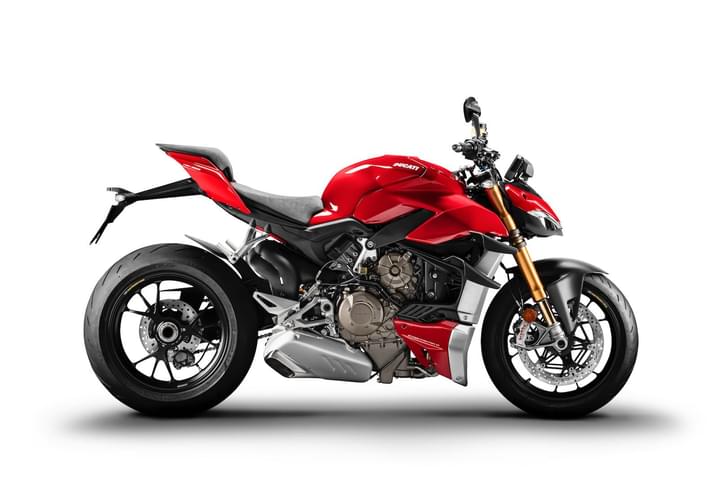There was a time, not long ago, in the Indian two-wheeler space, where a 150cc, four-stroke motorcycle was considered the pinnacle of performance. Those of us who’ve spent our formative riding years on such machines craved for more... more power, sharper brakes, better handling. Oh, how things have changed! Today, 150cc bikes represent both commuter and the entry-level of sport bikes available to enthusiasts in India. But while these sporty 150s are quite capable and fairly fun, things don’t really get exciting till you really get into the 200-plus cc space, pushing 20-odd horsepower. It’s a category that barely existed a few years ago and now we’re close to getting spoiled for choice.
So we have three contenders vying for attention in this space, the oldest one of which is the latest generation of the bike that kicked off performance motorcycling in the country – the Pulsar. Its NS200 guise borrows its powerplant from none other than the KTM 200 Duke, packaged into an extremely capable setup. The second one is the Apache RTR 200, which comes from a long line of TVS’ motorcycles which have had their origins on the race track. The newest entrant in this space is also a bit of an outlier. The Yamaha FZ’s engine has quite a bit more cubic capacity than the other two, but stacks up quite closely in terms of performance. These three represent the best bikes you can buy today in India, with a budget of a little over a lakh of rupees. But choosing one amongst these three isn’t a very straightforward affair.
Eye candy
Park them all together and it almost feels like the brief given to the designers at each of the manufacturers must’ve been nearly the same – create a sculpted, muscular motorcycle that feels like a proper scaled down version of a litre-class naked. I think Bajaj has really nailed this look perfectly. Barring new paint scheme and body stickers, the design of the NS200 remains unchanged from when it was launched over five years ago. And it barely seems to have aged in this period. Seen in profile, its chunky perimeter frame dominates the view. Thanks to its bulbous fuel tank with large extensions and the neatly tucked away underbelly exhaust, all the bike’s mass seems to be well-centralised, and is neatly offset by a sharp tail with an absolutely uncluttered number plate holder. Nestled behind the top of the bikini fairing is a large instrument cluster that has an analogue tachometer alongside an LCD information panel. This instrumentation is very easy to read, but misses out on some vital info such as the gear indicator. Switchgear looks good, at least visually, although the indicator switch has absolutely no feel and it was malfunctioning in our test bike after a thorough soak in the rain.
The RTR 200 retains a little of the TVS Apache design lineage, but takes the overall aesthetics in a much more aggressive direction. The lines are a lot sharper now and the RTR 200 has a mean, hunkered down look which can be credited to its swooping tank extensions and high tail. Even the headlamp and fairing sit lower than they ever did in any Apache before. The faux air intakes in the tail panel are a wonderful addition and continue the beefy design theme even to the back of the bike. However, the massive double-barrel exhaust slung to the right of the bike, which looks like a gun taken straight from some futuristic first person shooter videogame, is a love-it-or-hate-it affair. But there’s nothing to dislike about the all-digital instrument panel which is the most informative one in this lot here.
The FZ25 looks quite familiar as it does carry over a general aesthetic style from the FZ16/FZ FI family, even though it doesn’t share a single panel with the smaller bike. It does look quite brawny and its proportions are somewhat exaggerated, thanks to hefty tank shrouds with faux air intakes and a relatively smaller headlight assembly. The stubby exhaust can looks nice but keeps the visual focus on the mid-section of the bike; around the engine and fuel tank that is. While it’s certainly a very good-looking motorcycle, it looks a bit busy with a little too many sculpted elements. And just like the RTR 200, it too gets completely digital LCD instruments. What is really commendable on the FZ25, however, is the overall fit-and-finish and quality of the panels, which lend the bike a solid feel. It goes without saying that all three of these are rather handsome machines, and picking one based on the way it looks is going to be a highly subjective matter.
In the hot seat
Naked bikes need to feel big and macho when you swing a leg over them, and in this department, the Pulsar and FZ really deliver. All three bikes have large, tall fuel tanks and split seats, however the seat to handlebars distance gives these two a slightly leaned forward riding posture. With more rear set foot pegs, the Pulsar definitely feels like it has the sportiest riding position of the three, while the FZ clearly seems to favour a more relaxed posture. The FZ also has the lowest saddle height of the trio (795mm), but at 800mm and 805mm, the seats of the RTR 200 and NS200 respectively aren’t significantly taller. Unlike the RTR and Pulsar, which get clip-ons, the FZ gets a proper single-piece handlebar. The RTR has the most unique riding position of the lot. The bars are a lot closer to the rider, but are low enough for a mild leaned posture in order to get more weight over the front end for some spirited riding. The pegs too, while high enough to give plenty of cornering clearance, are a bit forward set. All of this makes for a more compact rider’s triangle, and even though it doesn’t hamper the riding experience in any way, it does give the impression that you’re sitting on a small bike. As compact as the ergonomics are, even my colleague Rishaad who’s well over six feet in height had absolutely no problems fitting on the RTR 200. However, if you want a big-bike feel from the saddle, then the Pulsar NS200 is your best bet.
Power play
The FZ25’s motor is a real surprise, considering that it has a 25 percent higher cubic capacity than the other two, but is in the same league when it comes to power. It makes just 20.9hp from a 249cc, single-cylinder air-and-oil-cooled unit, which is down to its two-valve setup and a relaxed state of tune. So what it lacks in power figures, it makes up for in terms of refinement. It’s a smooth experience that’s typical Yamaha fare and immediately reminds you of the way the original FZ16’s engine felt, with only minor vibrations coming in at the foot pegs once you’re revving above 7,000rpm. Its 20.0Nm of torque is the highest here and it shows in the way of just how rapidly the FZ gets off the line, and in initial acceleration, it outpaces the NS200 and the RTR 200. Unfortunately, we had to test the bikes in a torrential downpour, so high-speed acceleration runs weren’t really possible. But the FZ25 did clock the quickest 0-60kph time here of just 3.97sec. To top it off, there’s enough torque available in the low range which makes for great ridability at low speeds in higher gears – a big help during the urban crawl. And this is the only engine amongst these three that’s fuel injected, which gives it quick and precise throttle response at the merest twist of your right wrist. But even though this FZ is powered by a quarter-litre motor, don’t expect too much top-end performance. In our tests, maintaining speeds of 100-110kph was no issue at all. However, it does feel like it quickly loses steam beyond that. Having a sixth cog in its five-speed gearbox would’ve really helped it maintain higher speeds without feeling stressed.
The only properly liquid cooled motor here is that from the NS200 – a 199.5cc single-cylinder unit. Combined with a four-valve head with three spark plugs helps it make the most power – 23.5hp to be precise – and that gives it a fairly strong pull at the top end. But with only 18.3Nm of torque on tap, you really need to build up the revs for this Pulsar to start hauling quickly. Thankfully, throttle response is snappy and the short-stroke motor loves to rev. In the same rainy conditions, the Pulsar NS200 managed 0-60kph in 4.55sec. To be honest, while the NS should be a bit slower to 60kph than the other two, it shouldn’t be this slow. We believe there was something off about our test bike, and ideally would like to put another Pulsar through its paces for a more accurate representation. That said, it does offer the strongest top-end performance of this trio. And then, thanks to the inclusion of a six-speed transmission, the motor can stay comparatively relaxed at higher speeds. The gearbox is slick for the most part, but during our testing, did miss a couple of shifts during hard acceleration runs. The real downside, though, are the NVH levels. When compared to both the FZ25 and the RTR 200, the Pulsar feels distinctly unrefined and there is some amount of vibration felt at pretty much any point in the rev range.
Although we weren’t really expecting it, the Apache RTR 200’s engine was surprisingly the most fun of the lot. The air-cooled 197.75cc single-cylinder mill benefits from oil-cooling and its origins from racing development show in the way it loves to rev. Right from the bottom end, this four-valve motor is just rearing to go and is extremely responsive. It makes 20.5hp of peak power and 18.1Nm of peak torque, which is, at least on paper, the weakest of the bunch. But with better bottom-end grunt, the RTR 200 gets on the line quicker than the NS200. It was able to get to 60kph in nearly the same time as the FZ25, completing the run in 3.97sec. Just like the FZ though, the RTR gets only a five-speed gearbox. The ratios are well arranged for brisk acceleration, but you’ll certainly feel the need for another gear once you’re past 110kph. One aspect of the RTR which really stood out, and one we really enjoyed, was the exhaust note. It’s got a deep, bassy roar that’ll have you opening the throttle at every opportunity just to get a chance to listen to the decibels rise.
Three to tango
All three bikes are equipped with beefy, telescopic forks up front and with preload-adjustable monoshocks at the back. But where their setup differs dramatically is the choice of frame. The FZ has a conventional diamond-type frame whereas the RTR runs with a split double cradle which uses the engine as a stressed member. The Pulsar however has the most top-drawer frame of the lot – a proper big-bike inspired twin-spar perimeter chassis, which contributes massively to the solid stability the bike shows around bends. The FZ is very capable in this department too, and its handling too feels reminiscent of the original FZ16. Neither the FZ nor the Pulsar has razor-sharp turn-ins, but the Yamaha definitely feels slightly lazier than the NS200 when you pitch it into a corner.
The Apache is a whole different ball game in this department. With the shortest wheelbase of the lot, it is super responsive to steering inputs and if you’re not used to how quickly it turns, it can even feel a bit twitchy. On the first few corners I took on the RTR, I ended up steering in too much, had to straighten the bike and turn-in again to be on the right line. However, spend a little time figuring out how the RTR 200 handles, and the speed at which you can negotiate a series of bends feels almost magical. And while the MRF tyres on the FZ25 and the NS200 are very capable, the optional Pirelli rubber that the RTR comes with gets two thumbs up from our side.
The suspension setup of the NS200 certainly feels like it favours handling rather than a cushy ride quality. It feels quite firm over sharp bumps but it’s far from bone jarring. The FZ runs on the stiffer side too, and it certainly feels more adept at managing longer undulations rather than jagged, broken roads. Ride quality is another area where the RTR 200 really shines. While it’s definitely not a soft ride, it manages to feel supple at pretty much all but the sharpest bumps. It’s quite an impressive feat of this Apache’s suspension to offer this blend of sharp, controlled handling while maintaining such a degree of composure over bad roads.
Choosing time
The Pulsar NS200 is a tried and tested formula that has worked for many riders for quite a few years now. It has the most ‘big-bike feel’ of the three from the saddle and that itself may be enough reason for many buyers to go the Bajaj way. And it’s not like performance and handling is a compromise in any way either. At Rs 96,749 (ex-showroom, Delhi) it’s well-priced too. However, with the Pulsar, you’re going to have to live with a ‘vibrating’ riding experience that has been endemic to the brand. The FZ25 on the other hand is a very refined bike and quick to boot. To be honest though, it’s best enjoyed when riding less frantically. As a city bike or even a relaxed long distance machine, it makes a lot of sense. However, it does have a higher asking price of Rs 1,19,335 (ex-showroom, Delhi), though given Yamaha’s bullet-proof reliability, it might work out the same as the others in the long run. As for the Apache RTR 200, it feels a little small from the saddle and doesn’t have the same bottom-end grunt as the FZ or the top end pull of the NS200. But it is without a doubt the most engaging to ride bike amongst these three. And it handles urban commuting duties well too. At Rs 92,915 (ex-showroom Delhi), it’s significantly lighter on the pocket if you go for one equipped with TVS tyres. But we wholeheartedly recommend coughing up the extra Rs 5,000 for the Pirelli rubber. It’s worth it!
To be very honest, even after spending so much time in the saddle, it’s difficult to narrow down to one clear winner of the three. But the whole time on the shoot, and even after, every time we had to get on the bikes, we found ourselves inadvertently reaching for the keys of the Apache RTR 200. Now that pretty much sums it up, doesn’t it?
| Specifications | |||
|---|---|---|---|
| Bajaj Pulsar NS200 | Yamaha FZ25 | TVS Apache RTR 200 | |
| Price (ex-showroom, Delhi) | Rs 96,749 | Rs 1,19,335 | Rs 97,915 (with Pirelli tyres) |
| Engine layout | Single-cylinder, 4-valve, liquid-cooled | Single-cylinder, 2-valve, air-cooled | Single-cylinder, 4-valve, air-cooled |
| Displacement | 199.5cc | 249cc | 197.95cc |
| Power | 23.5hp at 9500rpm | 20.9hp at 8000rpm | 20.5hp at 8500rpm |
| Torque | 18.3Nm at 8000rpm | 20Nm at 6000rpm | 18.1Nm at 7000rpm |
| Power to weight ratio | 154.6hp per tonne | 141.2hp per tonne | 138hp per tonne |
| Gearbox | 6-speed manual | 5-speed manual | 5-speed manual |
| Wheelbase | 1363mm | 1360mm | 1353mm |
| Ground clearance | 167mm | 160mm | 180mm |
| Kerb weight | 152kg | 148kg | 148.5kg |
| Seat height | 805mm | 795mm | 800mm |
| Fuel tank | 12 litres | 14 litres | 12 litres |
| Front suspension | Telescopic forks | Telescopic forks | Telescopic forks |
| Rear suspension | Monoshock | Monoshock | Monoshock |
| Front brake | 280mm disc | 282mm disc | 270mm disc |
| Rear brake | 230mm disc | 220mm disc | 240mm disc |
| Tyre size (f/r) | 100/80-17 / 130/70-17 | 100/80-17 / 140/70-17 | 90/90-17 / 130/70-17 |
| 0-60kph (Tested in wet conditions) | 4.55s | 3.96s | 3.97s |
| Rating | 7/10 | 7/10 | 8/10 |





